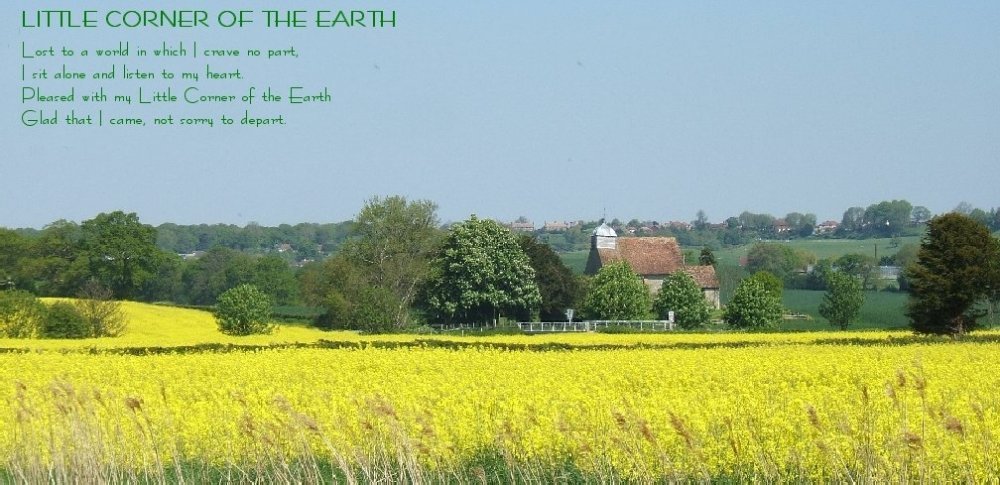As a change from my usual cycling cafe stops I was sitting outside the Red Lion pub, Snargate. This is a traditional pub, been in the same family since Victoria was queen, serves only real ales from the keg and does not do meals. Its interior is still decorated in an old, traditional country pub way. I noted that a previous patron had abandoned their bike!
In spite of the "no meals" I was enjoying my egg and chips (pickled egg from jar and packet of potato crisps) and a pint of real ale.A group of walkers was sitting on the adjacent seat and discussing the local landmark which starts here. The Rhee Wall, which is distinguished by gothic lettering on the Ordnance Survey maps as "historic" and stretches for some 7.5 miles in a straight line across the Marsh to New Romney.
(click to enlarge)
In fact there is far more romance and interest here than "Roman" at which time the Marsh was a vast tidal lagoon with a few islets. The River Rother used to flow to New Romney in mediaeval times but a tempestuous storm in 1287 altered its main course to flow out at Rye instead. New Romney, an important harbour in the middle ages, lost the "flush" of the river and began to silt up. Something had to be done.
So a major undertaking in the late 13th century was to gather together all the small streams from off the escarpment and"snare" them into a lock or "gate" system which became known as "Snargate". This was then fed into a 7.5 mile long canal made by running two parallel embankments towards New Romney - the aim being to flush out the silting harbour. Imagine doing this in 1290 in a remote marshy area!
Unfortunately it did not work for long and in fact increased the silting as the Rhee brought down quantities of sediment from the Wealden clays. Today New Romney, one of the great mediaeval "Cinque Ports" is some 2 miles from the sea. A view of the threshhold to the main doorway of St Nicholas' Church, once beside the harbour, shows that one needs to descend to the door where once one ascended steps to it.
There were unintended good outcomes though. The Rhee had gone out of use by 1500 but the quantities of silt brought down into it had levelled an earthway between the banks, which became a raised causeway across the Marsh. Today it is a lane leading into a straight main road to the coast. But cropmarks preserve its identity.
History, topography, map reading and etymology lead to far more romantic stories than "it must be...." collective opinions.






